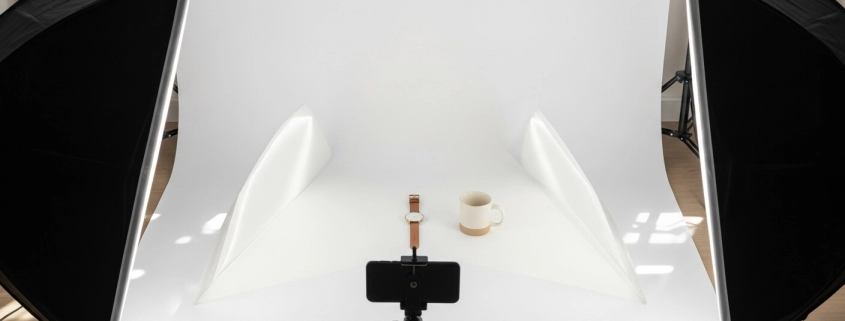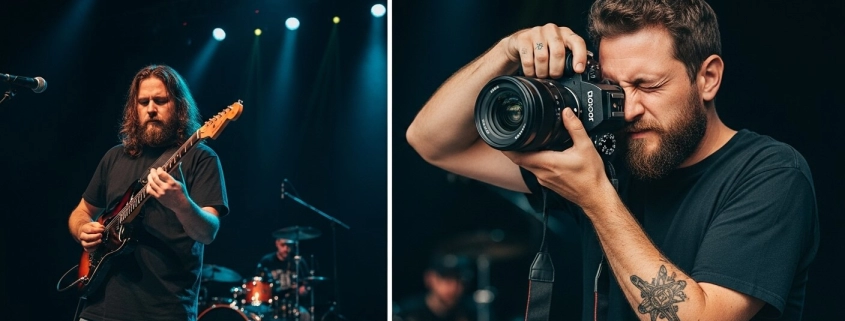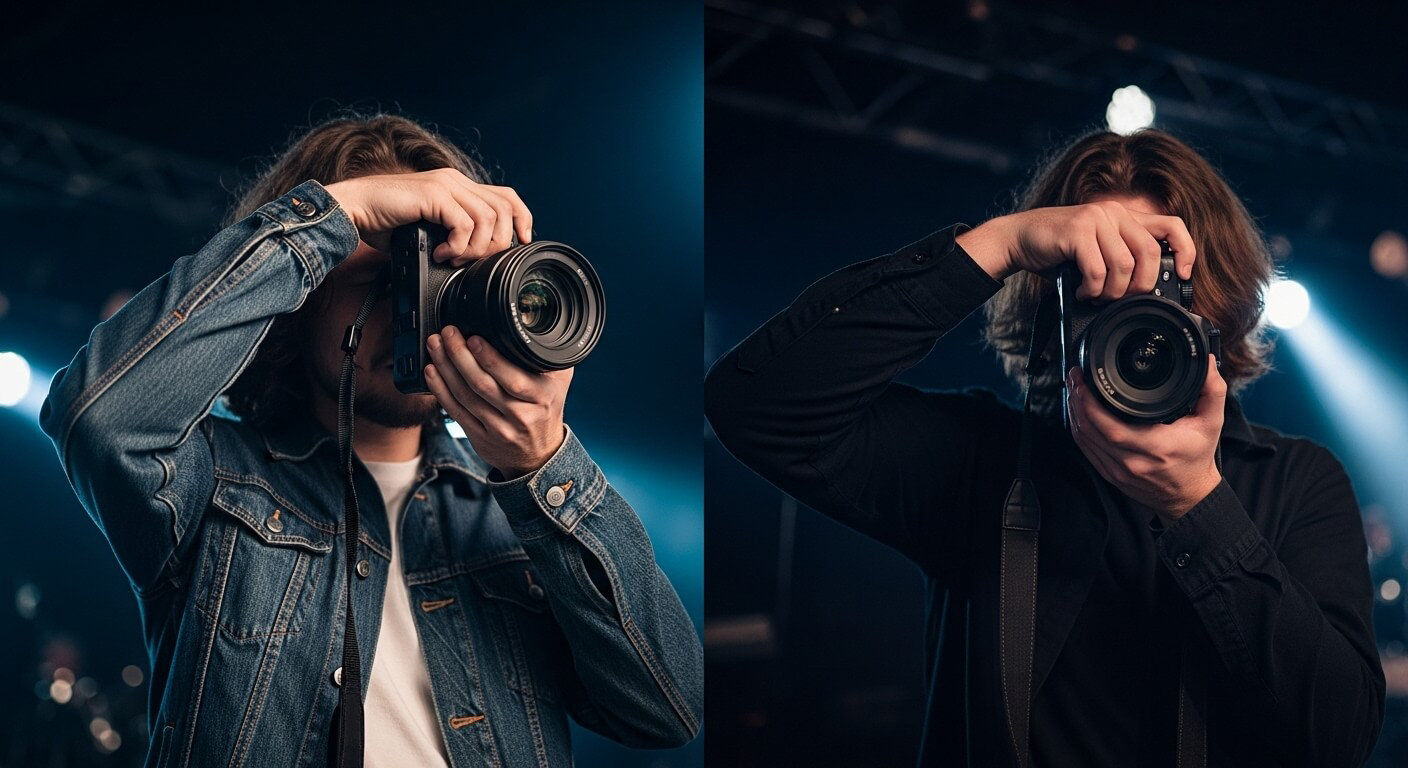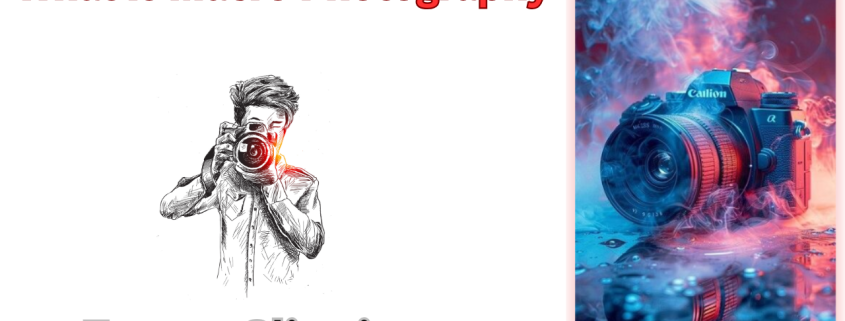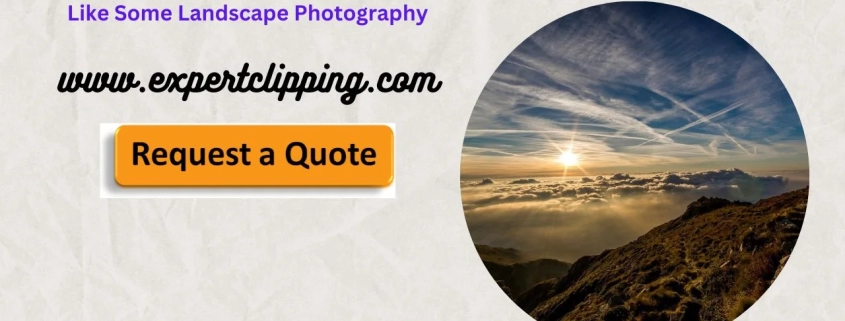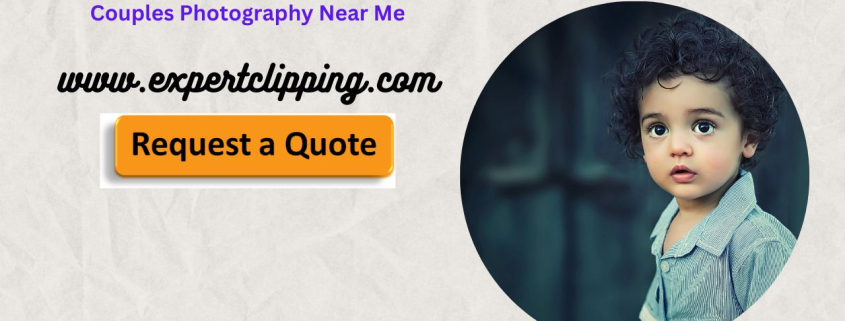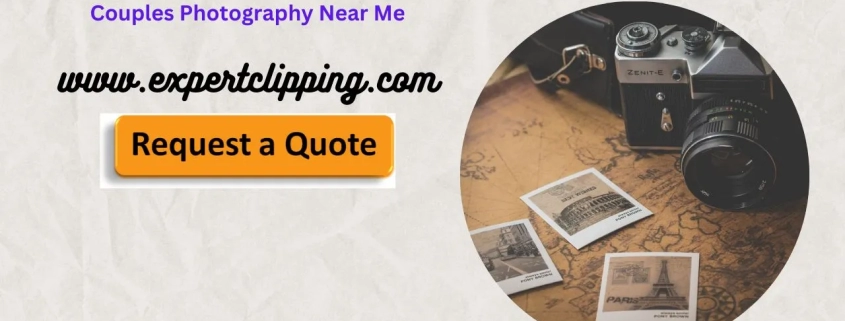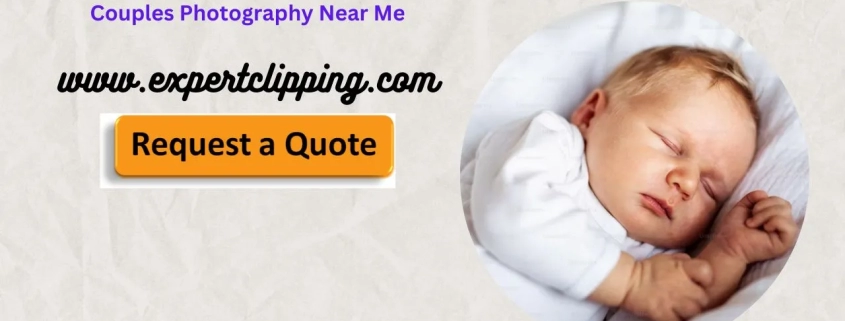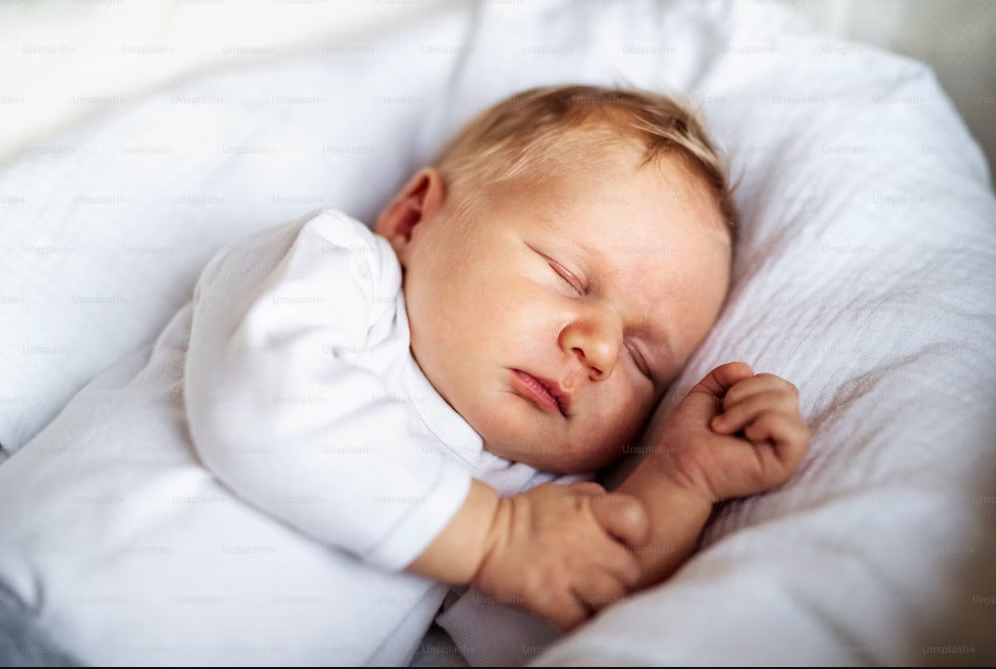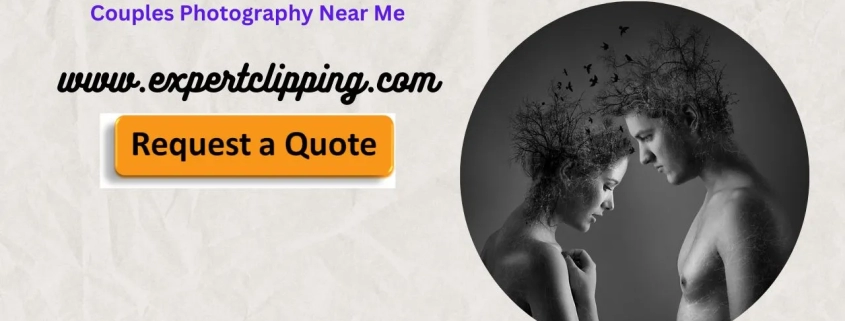5 Secrets to Beautiful Ecommerce Product Photography
Want your online store to stand out? The secret is simple: beautiful product photography. Customers can’t touch or feel your products, so photos do all the selling. In fact, clear and professional-looking images build trust, boost conversions, and reduce returns.
If you’ve ever wondered how to take great product photos for your online store or how to make e-commerce photos look professional without a studio setup, you’re in the right place. In this guide, I’ll share 5 secrets for product photography in e-commerce that you can apply at home even with just your phone. And yes, we’ll also look at editing services like Expert Clipping that can polish your shots to perfection.
1. Master Your Lighting
Lighting is the heart of product photography. It decides whether your photo looks professional or amateurish.
Quick Answer: To take great product photos, always focus on good lighting—either natural or artificial.
- Natural light: Perfect for lifestyle products and outdoor-related items. Shoot near a window but avoid harsh direct sunlight.
- Artificial light: More reliable for consistency. A simple setup with two daylight lamps at 45-degree angles works wonders.
- Diffusers & reflectors: Use a white sheet, foam boards, or reflector cards to soften shadows. For a dramatic look, try black foam boards.
- Turn off other lights: Mixed lighting causes strange colors, so stick to one source at a time.
👉 If your product photos look dull, the problem is usually bad lighting. Fix that first before worrying about editing.
2. Use a Clean, Consistent Background
A cluttered background distracts from your product. A clean setup keeps customers’ focus where it should be—on the item you’re selling.
Quick Answer: Use a plain, consistent background for all main product shots.
- Seamless sweep: A white paper roll or poster board curved behind the product removes harsh lines.
- Pure white backgrounds: Light the background separately to make it bright. Fine-tune later in editing.
- Consistency matters: Stick to the same style across all products for a professional-looking store.
For creative shots, try wood, fabric, or outdoor settings—but keep the product as the star. Need help creating pure white backgrounds? Check out our background removal services.
3. Show Multiple Angles & Lifestyle Shots
Since buyers can’t hold the product, they rely on visuals to judge size, details, and usability.
Quick Answer: Always provide multiple angles and lifestyle shots to help customers understand the product better.
- Angles to capture: Front, side, back, 45-degree, top-down, and close-ups for details.
- Lifestyle images: Show your product in real-world use—a coffee mug on a breakfast table, a bag styled with an outfit.
- Scale & context: Add props or a model so buyers can understand the size at a glance.
This not only answers common customer questions but also reduces returns.
4. Enhance Photos with Editing
Even with great lighting and backgrounds, editing is what turns a good photo into a professional one.
Quick Answer: Edit your product photos to ensure accuracy, consistency, and polish.
- Color correction: Make sure product colors match reality to avoid customer disappointment.
- Remove distractions: Dust, scratches, or background flaws can easily be fixed.
- Add realistic shadows: A soft drop shadow or reflection makes products look grounded.
- Batch processing: Save time and maintain uniformity across product collections.
If editing feels overwhelming, services like clipping path editing can handle background removal, color correction, and retouching for you.
5. Optimize Images for SEO & Performance
A photo that looks good but slows down your site won’t help sales. Optimization is key.
Quick Answer: Compress and label your product images properly for faster load times and better search rankings.
- Compress file size: Tools like TinyPNG reduce size without killing quality.
- Use descriptive file names: Example: red-leather-wallet.jpg instead of IMG_1234.jpg.
- Add alt text: Helps search engines understand your product and improves accessibility.
- Check mobile responsiveness: Most shoppers browse on phones—make sure images load fast and look sharp.
Want more tips? See our guide on optimizing product photos for e-commerce.
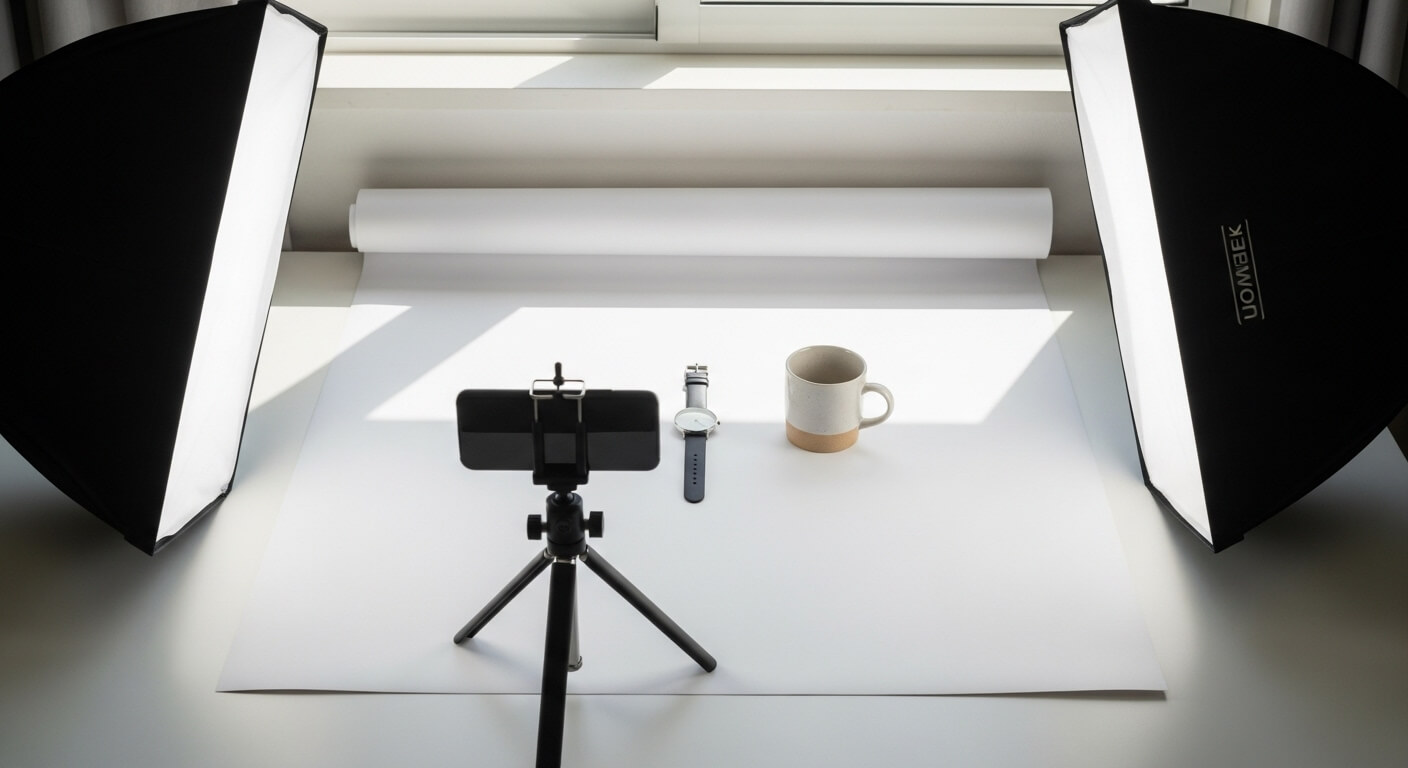
Final Thoughts
Great e-commerce product photography isn’t about expensive studios—it’s about applying the right techniques. Remember these 5 secrets:
- Master your lighting.
- Use clean and consistent backgrounds.
- Show products from multiple angles.
- Enhance with editing.
- Optimize for web and SEO.
With these tips, even a smartphone can deliver professional results. And when you need expert help, Expert Clipping is here to make your photos shine.
Better photos mean happier customers and happier customers mean more sales.

